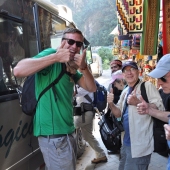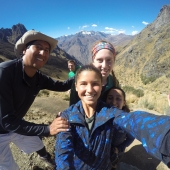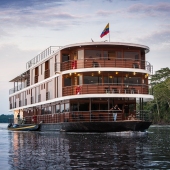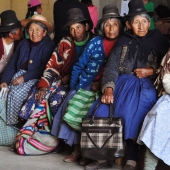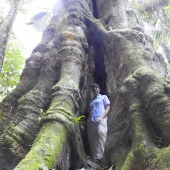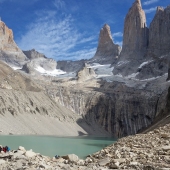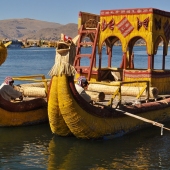Can you Enter the Inca Trail to Machu Picchu Without a Passport?
No matter what language you speak, hopefully you will understand that the answer to that question is. No. Under no circumstance is anyone ever allowed to enter the Classic Inca Trail Hike without checking in with the original copy of his/her valid passport.
If you forget your passport in your luggage in Cusco, which happens more than it should, because everyone must leave their luggage at their hotel, you will not be able to enter the hike. If it's the 4-day hike, that means you may be able to ride back to the train station in Ollantaytambo or all the way to Cusco, in the car that dropped you off. If it's the 2-day Inca Trail hike, it gets complicated. And ugly. The train drops you off in the jungle. There is no platform, or services of any kind. Just the jungle. And if you don't discover that you don't have your passport until you get to the checkpoint, that means the train is gone. And you will be walking along the tracks to Aguas Calientes for the entire hike. You must show your passport to board the train which is likely to be the moment that you realize you don't have your passport.
When I hiked the 4 day Inca Trail, one of the members of my group decided to carry a copy of her passport for the 4-day Inca Trail hike and left the original copy of her passport in her luggage. In Cusco. It happened that the day before the hike, we toured the Sacred Valley, ending in the village of Ollantaytambo where we checked in to our hotel. Everyone had to produce their passport at checkin and that's where it was discovered that she did not have the document with her.
There was no discussion or conversation. Our guide, Vidal, immediately and calmly told us he would have to 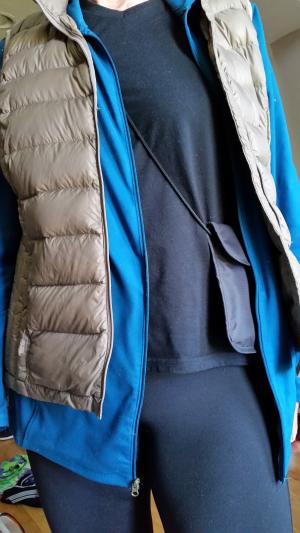 drive back to Cusco that night and asked her to tell him exactly where the passport was located. He would return in the morning with the passport and accompany us to the trail head.
drive back to Cusco that night and asked her to tell him exactly where the passport was located. He would return in the morning with the passport and accompany us to the trail head.
On another occasion, a group of 4 women booked the 2-day Inca Trail hike months in advance of their trip. The guide picked them up from their hotel in Cusco early in the morning. And they began the 2 hour drive to the train station in Ollantaytambo. At the station, the women were asked to show their passports and that's when it was discovered that one woman forgot hers. It was in her luggage. In Cusco. We were able to email a digital copy of her passport to the guide who used it to get the woman on the train. But the Inca Trail does not allow anyone to enter without the original document. So the woman stayed on the train to Aguas Calientes, while her 3 friends hiked the Inca Trail without her.
For people with dual passports, it's necessary to get the permit using the passport you will travel with and the one you will present at the trail checkpoint. Especially if your name is different on each passport.
What if your passport is due to expire? It's not a problem if we know at the time you make the reservation. And that's why we ask everyone to email a copy of the face page of their passport. The first thing we check is the expiration date. If your passport is due to expire within 6 months of your arrival date in Peru, we can use your old passport to buy the permit, then you can apply for a new one. PLEASE RETAIN A GOOD QUALITY COPY OF YOUR OLD PASSPORT BEFORE YOU MAIL IT IN FOR RENEWAL. The government passport office will mail the old passport back to you (mailed separately from the new one.) YOU MUST TRAVEL WITH BOTH THE OLD AND THE NEW PASSPORT. As long as you follow the rules, it will work. We've done it many times.
We advise travelers to organize their valueables and documents prior to leaving home. It's always best to set up a document pouch that you can carry on your body at all times, preferably under your clothing. Carrying your documents in a backpack or other bag is risky. It only takes a moment of distraction to lose everything.
If needed, electronic copies of passports can be used to enter Machu Picchu. Although you can't get in to the hike, your guide can help you get in to the ruins. It's advised that you always carry your original passport with you. Your valid passport is the key to traveling in South America. And is needed to checkin for flights, hotels, historic parks and for setting up activities including raft trips, rentals and other customized tours.


